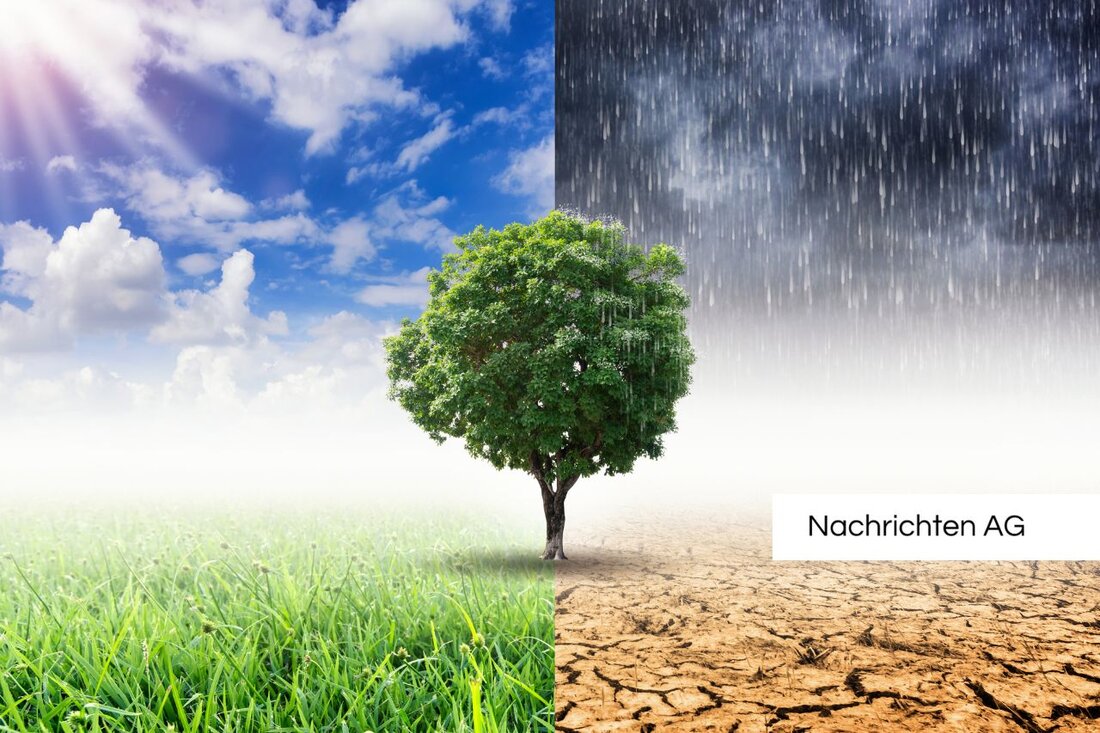Huge reforestation in the Harz: millions of new trees for healthy forests!
Goslar in the context of forest reforestation: millions of trees for the Harz in order to regenerate nature after severe losses.

Huge reforestation in the Harz: millions of new trees for healthy forests!
The Harz, a popular destination for hikers and nature lovers, is currently experiencing remarkable change. The alarming effects of drought, bark beetles and storms have caused massive damage since 2018, with over 11,600 hectares of spruce forest lost. Around 90 percent of the former spruce population has now died, but the signs of recovery are positive. How NDR According to reports, around five million deciduous trees have been planted in the last ten years to breathe new life into the ecosystem of the Harz National Park.
Forester August Bock, who heads the Torfhaus National Park area, relies on multi-layered reforestation. The goal is clear: there should be no more monocultures; instead, a variety of species such as copper beech, mountain ash, downy birch, willow and maple should be planted. Over 800 meters, the national park even leaves nature to its own devices - a sign of hope for a healthy, independent forest structure.
A way into the future
The developments in the Harz go hand in hand with new findings about sustainable forestry. The MDR emphasizes that a certain amount of attention is necessary when it comes to the natural regeneration of spruce trees: a single spruce tree is unproblematic, but if it becomes part of a monoculture, there are dangers. Mixed crops, on the other hand, increase the resilience of forests to unpredictable climatic developments and can reduce the risks of total loss.
The Julius Kühn Institute in Quedlinburg is working to better understand the optimal forest structures for the future. The aim is to promote a wide range of tree species. With positive developments in reforestation in Trautenstein, where larch trees have grown tall, there is reason for hope. Eberhard Recleben, an expert in forest conversion, is optimistic that in five years many of the areas affected by the spruce disaster will be planted.
Mixed forests as saviors
Scientists and foresters agree: mixed forests are the solution to the future challenges of climate change. Loud daily news They are far less susceptible to high temperatures and drought than monocultures, which are ideal for industrial harvesting but involve more risk.
Another important aspect is dead wood, which is now seen as a source of life in the forest. Microorganisms break down the wood, releasing nutrients that fertilize future trees. However, there is also bad news: The ecosystem has suffered long-term damage due to a fire in the region, which makes it difficult for the surrounding area to recover.
With ambitious reforestation and the goal of establishing mixed forests, the Harz National Park wants to meet the challenges of climate change and create a resilient forest for future generations. The prospect of a colorful, diverse tree landscape gives hope not only to foresters, but also to all those who love the Harz and want to preserve its beauty.

 Suche
Suche